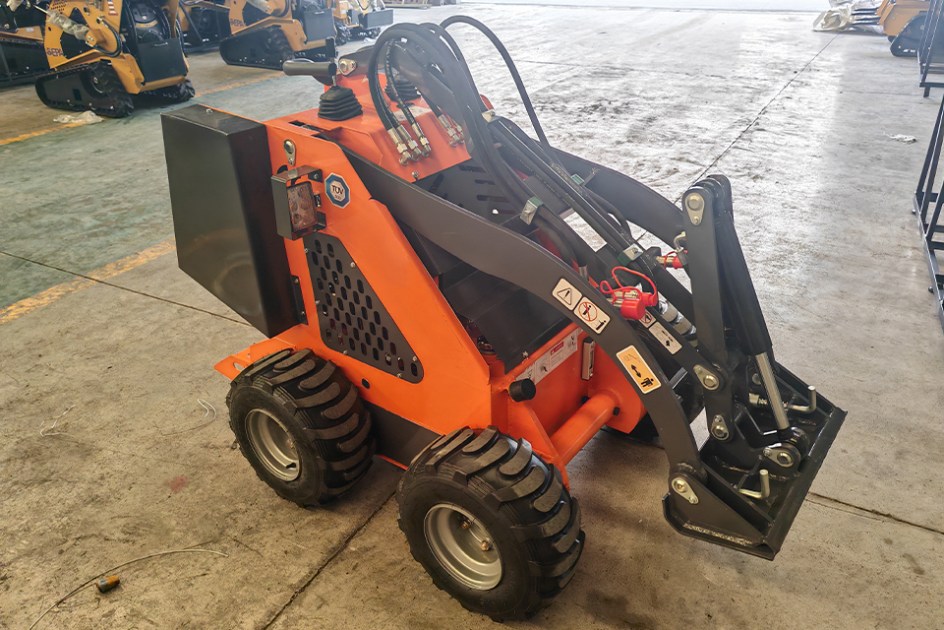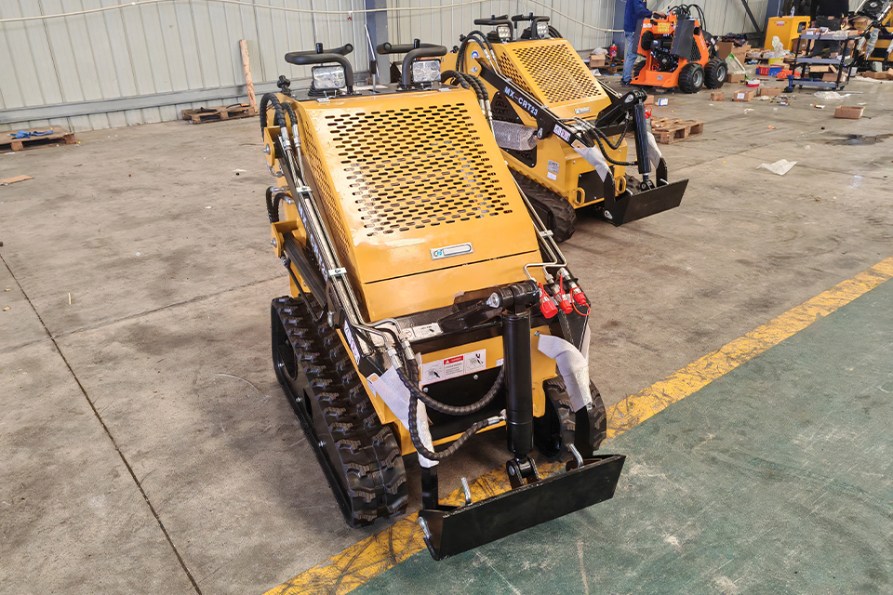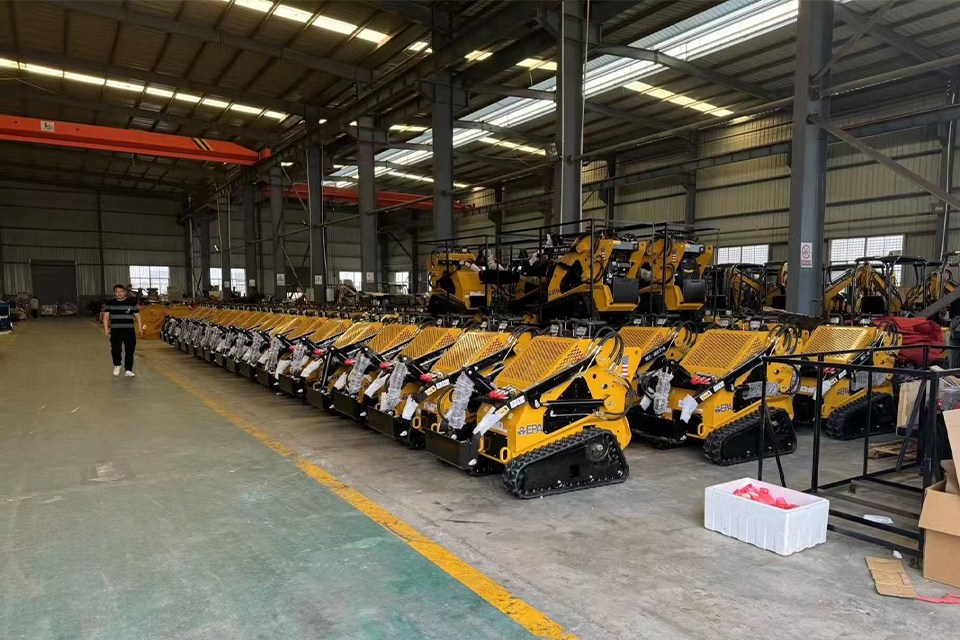
Mastering the operation of a skid loader isn't just about getting the job done; it's about doing it safely and efficiently. Let’s dive into the essential steps that will make you a pro.
To successfully operate a skid loader, start by familiarizing yourself with the controls, conducting a pre-operation inspection, practicing basic maneuvers in an open area, and gradually progressing to complex tasks. Always prioritize safety and efficiency during operation.
While these initial steps provide a solid foundation, there is much more to learn about skid loader operation. Dive deeper into this guide to explore comprehensive insights into safety protocols, advanced techniques, and maintenance tips that ensure longevity and peak performance.
Pre-operation inspection prevents skid loader accidents.True
Regular inspections identify potential issues, reducing accident risks.
How Do You Perform a Pre-Operation Inspection on a Skid Loader?
A pre-operation inspection is vital for ensuring the safe and efficient functioning of a skid loader.
To perform a pre-operation inspection on a skid loader, start by checking fluid levels, inspecting tires for wear, examining the hydraulic system for leaks, testing all controls, and ensuring all safety features are operational. Regular inspections help prevent accidents and extend the machine's lifespan.
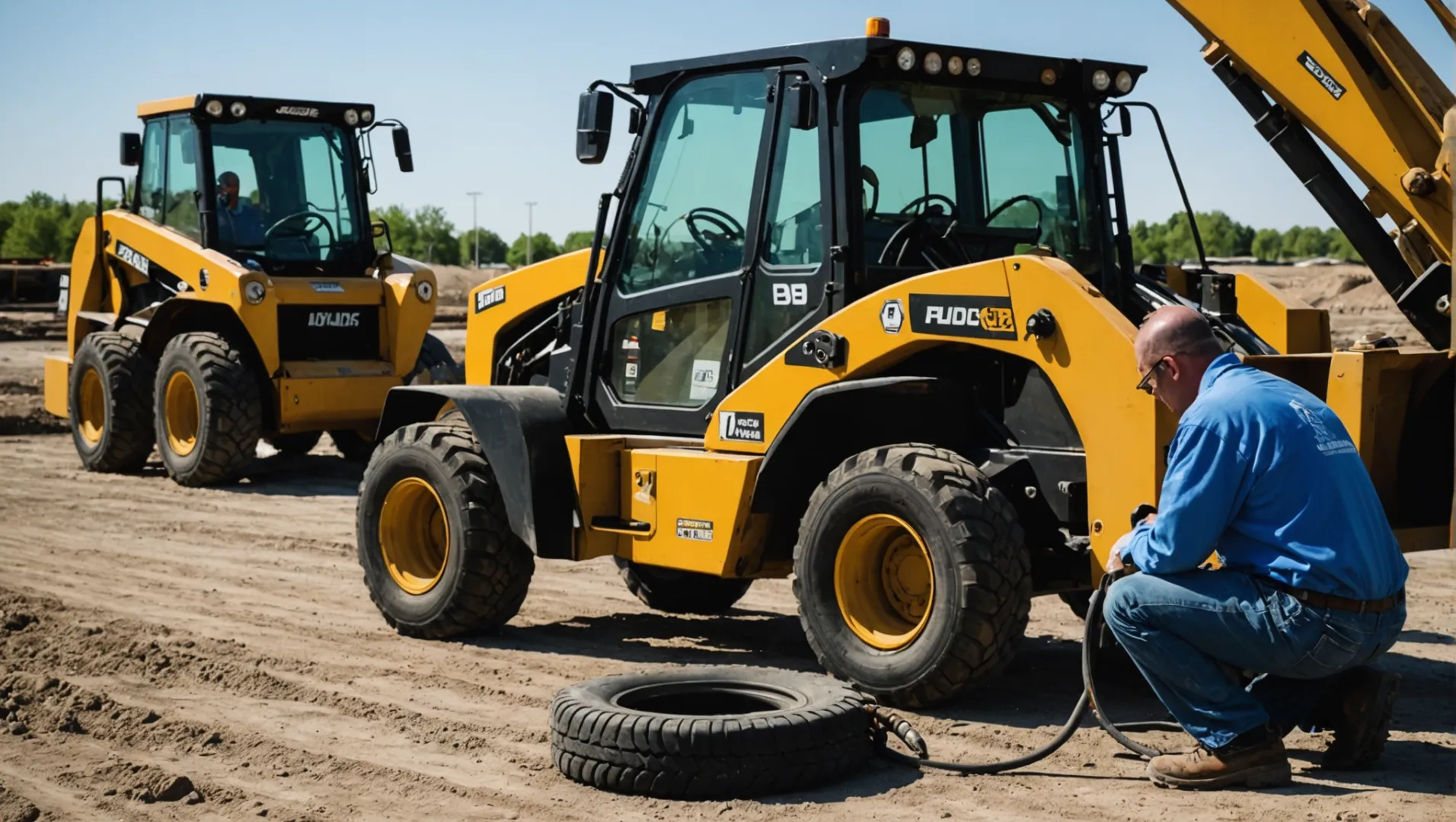
Importance of Pre-Operation Inspections
Conducting a pre-operation inspection is not just about compliance but also about ensuring the safety and efficiency of both the operator and the machinery. A thorough check can help identify potential issues that could lead to malfunctions or accidents. These inspections are essential in preventing costly downtime and repairs, contributing to the overall productivity of any construction project.
Key Steps in the Inspection Process
-
Fluid Levels: Begin by checking engine oil, coolant, hydraulic fluid, and fuel levels. Ensure they are at recommended levels to avoid any operational issues. Low fluid levels can lead to overheating and mechanical failures.
-
Tires and Tracks: Inspect the tires for any signs of wear or damage. Proper tire inflation is crucial for stability and maneuverability. For track-based skid loaders, check the tension and condition of the tracks.
-
Hydraulic System: Examine hydraulic hoses and fittings for leaks or signs of wear. A leaking hydraulic system can lead to inefficient operations or even sudden failure, posing significant safety risks.
-
Controls and Safety Features: Test all controls including lift, tilt, and steering functions. Ensure safety features such as seat belts, roll-over protective structures (ROPS), and interlock systems are functioning correctly.
-
Visual Inspection: Walk around the machine to look for any visible damage or obstructions. Check for loose bolts or parts that may affect operation.
Table: Sample Pre-Operation Inspection Checklist
| Component | Check Point | Action if Issue Found |
|---|---|---|
| Fluid Levels | Engine oil, coolant, fuel | Refill immediately |
| Tires/Tracks | Wear, inflation, tension | Repair/replace |
| Hydraulic System | Leaks, hose condition | Replace hoses |
| Controls | Lift, tilt, steering | Service required |
| Safety Features | ROPS, seat belts | Immediate repair |
| Visual Walkaround | Obstructions, loose bolts | Secure or remove |
Developing an Inspection Routine
Creating a routine inspection schedule helps ensure that no aspect of the skid loader is overlooked. Operators should be trained regularly on inspection procedures to maintain high standards of safety and functionality. Consider using a digital checklist or app to document inspections and remind operators of upcoming maintenance tasks.
Learn more about routine inspections1 can enhance your operational efficiency by preventing unexpected breakdowns.
Conclusion
While this guide provides a comprehensive approach to performing pre-operation inspections on skid loaders, it's crucial to tailor these steps to the specific model and manufacturer recommendations. Consistent inspections foster a culture of safety and reliability, essential for successful operations on any construction site.
Checking fluid levels is unnecessary for skid loader safety.False
Checking fluid levels is crucial to avoid overheating and failures.
Hydraulic system leaks can lead to sudden skid loader failures.True
Leaking hydraulics pose safety risks and cause operational inefficiency.
What Are the Basic Controls of a Skid Loader?
Understanding the basic controls of a skid loader is essential for efficient and safe operation.
The basic controls of a skid loader typically include joystick levers for steering and movement, foot pedals for raising and lowering the bucket, and additional controls for auxiliary hydraulic functions. Familiarity with these controls is vital for effective operation.
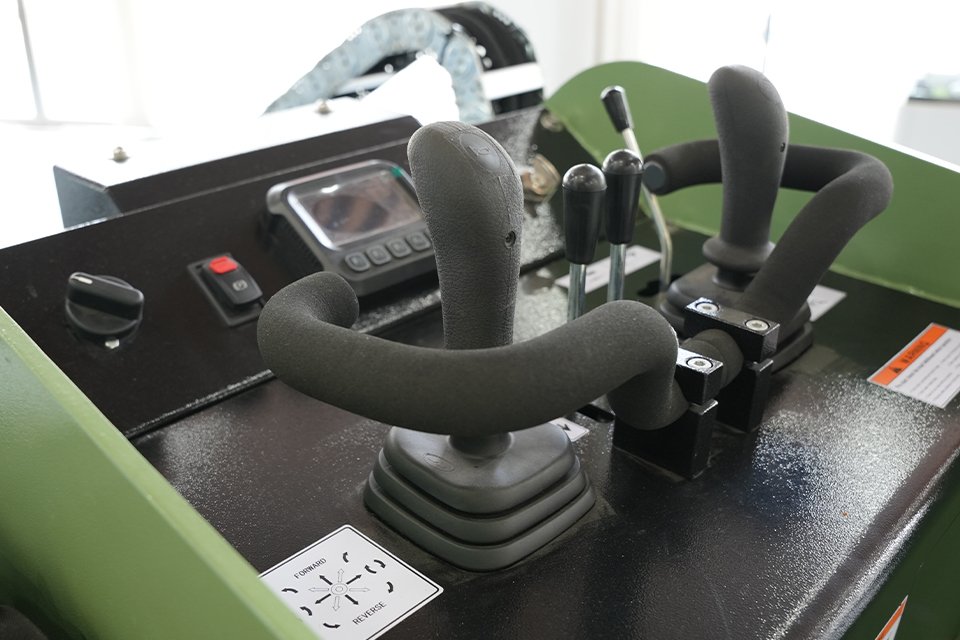
Understanding the Joystick Levers
Most modern skid loaders are equipped with joystick levers that are used to control the movement and direction of the machine. Each joystick typically manages different aspects:
- Left Joystick: Generally controls the forward and backward movement as well as turning.
- Right Joystick: Usually responsible for operating the lift arms and bucket tilt.
Familiarity with these levers is crucial for smooth operation. Practicing in an open area can help new operators develop a feel for the machine's responsiveness.
Mastering the Foot Pedals
Foot pedals play a significant role in controlling the skid loader's primary functions. Here's how they typically work:
| Pedal Function | Purpose |
|---|---|
| Left Foot Pedal | Raises and lowers the lift arms |
| Right Foot Pedal | Tilts the bucket forward or back |
Understanding the pressure sensitivity of these pedals can greatly enhance precision during operations, such as loading or unloading materials.
Navigating Auxiliary Hydraulic Controls
Apart from movement and lift operations, skid loaders often come with auxiliary hydraulic controls. These are used to operate attachments like augers or trenchers:
- Hydraulic Flow Adjustments: Manage the speed and power of the attachment.
- Auxiliary Control Switches: Allow for quick switching between tools.
Knowing how to adjust and manage these settings ensures that attachments function efficiently, which is especially important in tasks requiring precision or power.
Importance of Proper Seat Adjustment and Safety Harnesses
While not directly linked to control mechanics, proper seat adjustment and the use of safety harnesses are fundamental for effective operation. Ensuring the seat is correctly positioned allows better reach of controls and enhances comfort during extended use.
For more insights on effective control techniques2, explore expert guides that delve into practical training exercises and ergonomic tips.
Left joystick controls forward and backward movement.True
The left joystick typically manages the skid loader's movement.
Right foot pedal raises and lowers lift arms.False
The right foot pedal tilts the bucket, not lift arms.
How Can You Ensure Safety While Operating a Skid Loader?
Operating a skid loader safely is paramount to preventing accidents and ensuring a productive work environment.
To ensure safety while operating a skid loader, always perform a pre-operation inspection, wear appropriate personal protective equipment (PPE), maintain clear communication with coworkers, and adhere to operational guidelines and site protocols.
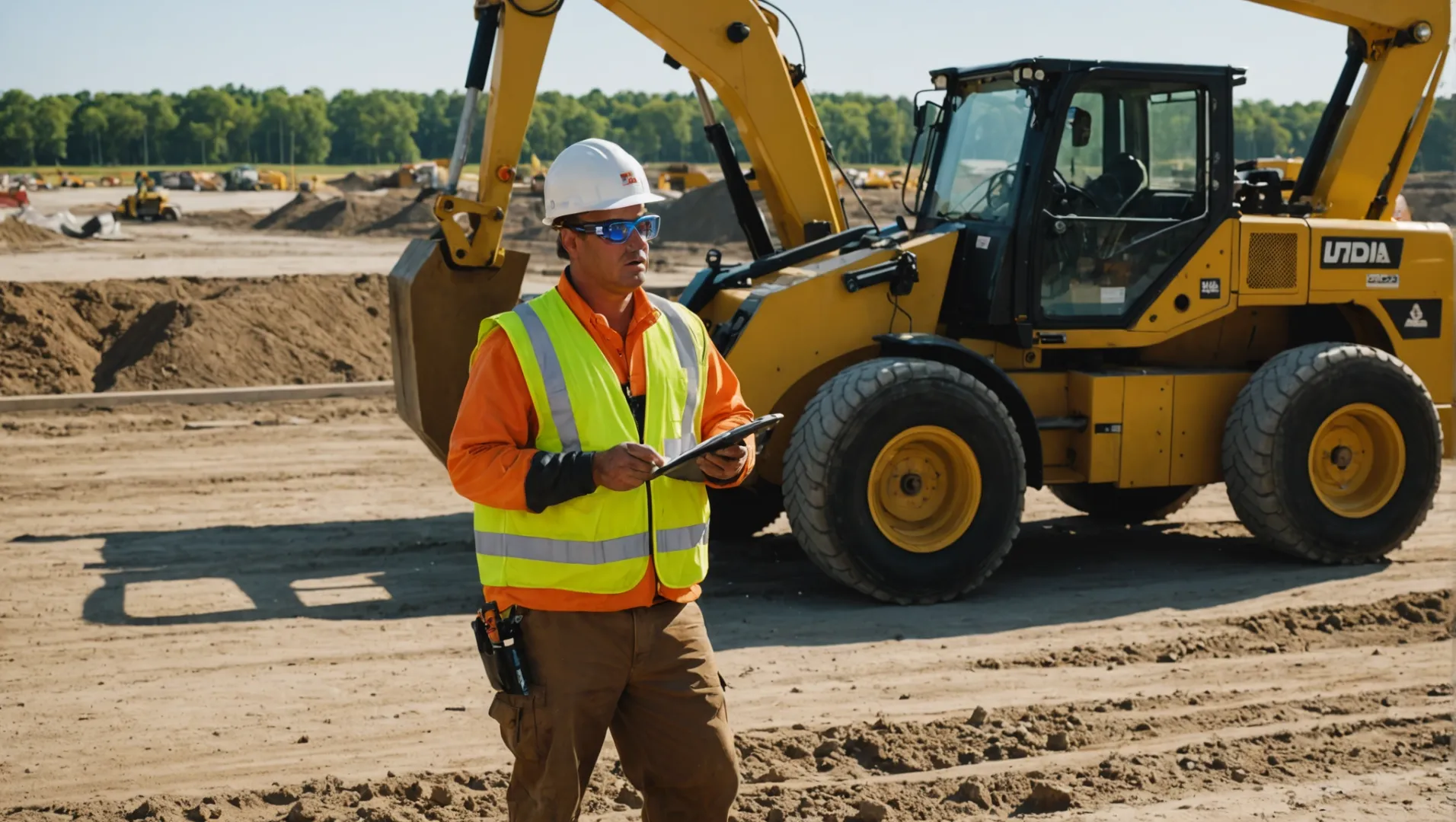
Conducting a Thorough Pre-Operation Inspection
Before beginning any task with a skid loader, performing a pre-operation inspection is essential. This involves checking fluid levels, inspecting the hydraulic hoses for leaks, and ensuring that all safety devices are functioning properly. Neglecting these checks can lead to equipment failure or operator injury.
Using Personal Protective Equipment (PPE)
Wearing the right PPE, such as hard hats, safety goggles, and steel-toed boots, is crucial. It shields the operator from potential hazards and reduces the risk of injury. Additionally, ensure that reflective vests are worn to enhance visibility, especially in low-light conditions.
Maintaining Clear Communication
Clear communication on the job site is vital. Use hand signals or radios to communicate with coworkers, ensuring everyone is aware of the skid loader's movements. This minimizes the risk of collisions and enhances overall safety.
Adhering to Operational Guidelines
Operators should be thoroughly trained in the manufacturer's guidelines and site-specific protocols. This includes understanding load limits, navigating slopes safely, and being aware of overhead obstacles. Regular training sessions can help reinforce these important safety practices.
Keeping Work Areas Clear
Keeping the work area free of obstructions is another key safety measure. Debris or unnecessary equipment can cause accidents or hinder maneuverability. Regularly clearing the workspace ensures smooth and safe operations.
By integrating these safety measures into daily operations, you not only protect yourself but also contribute to a safer and more efficient work environment. For additional safety tips and best practices, explore skid loader safety standards3.
Pre-operation inspection prevents equipment failure.True
Checking fluid levels and hoses ensures equipment functions safely.
Ignoring PPE is acceptable if experienced.False
Wearing PPE is essential regardless of experience to prevent injuries.
What Are Advanced Techniques for Efficient Skid Loader Operation?
Unlock the full potential of your skid loader with advanced techniques that boost efficiency and precision.
To operate a skid loader efficiently, master advanced techniques such as multi-function control use, understanding weight distribution, and utilizing attachments effectively. These skills enhance productivity and minimize wear on the machine.
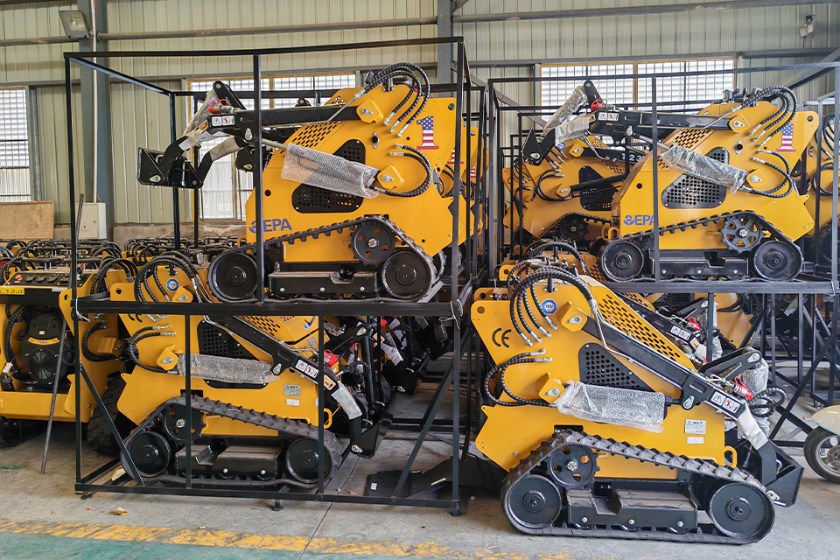
Understanding Multi-Function Control Use
One of the key elements to efficient skid loader operation is mastering the multi-function controls. Skid loaders are equipped with levers or joysticks that control various functions simultaneously. Learning how to operate these controls smoothly can significantly reduce operation time. For instance, by using one hand to lift the boom while simultaneously tilting the bucket with the other, operators can perform tasks in a seamless flow. This technique not only saves time but also reduces fuel consumption.
Mastering Weight Distribution
Proper weight distribution is crucial for maintaining stability and preventing tipping, especially when handling heavy loads. Skid loaders often have a lower center of gravity, which can be beneficial when lifting. Operators should understand how shifting weight affects machine balance and should practice loading and unloading materials in a way that keeps the machine stable. A well-balanced load minimizes strain on the loader's components, extending its lifespan.
Effective Use of Attachments
Attachments such as augers, trenchers, and forks can drastically expand the capabilities of a skid loader. Each attachment requires specific handling to maximize efficiency. For example, when using a trencher, maintaining a steady speed and consistent depth ensures an even trench, saving time and energy. Familiarizing yourself with attachment specifications4 can help operators make informed decisions about which tool is best for a particular job.
Regular Maintenance Practices
Efficient operation is heavily dependent on regular maintenance. Keeping the loader's hydraulic system, tires, and engine in optimal condition prevents unexpected breakdowns. Implementing a preventive maintenance schedule5 helps identify potential issues before they escalate, ensuring consistent performance.
These advanced techniques not only improve efficiency but also enhance safety and prolong the machine's operational life. By adopting these practices, operators can ensure they are making the most out of their skid loader investments.
Multi-function control use reduces fuel consumption.True
Simultaneous control operations save time and reduce fuel use.
Attachments are unnecessary for efficient skid loader use.False
Attachments enhance capabilities, making operations more efficient.
Conclusion
By embracing these guidelines, you not only enhance your skills but also foster a culture of safety. Remember, continuous learning is key!
-
Discover how routine checks prevent breakdowns and improve efficiency.: Regular maintenance reduces wear and tear, minimizes the risk of costly repairs, and extends the operational life of the equipment, ensuring ... ↩
-
Explore expert advice on mastering joystick techniques for better control.: ... Loader and a Level-Best Grader: https://youtu.be/h4gXiNL8kgw Level-Best Plug and Play ... ↩
-
Discover comprehensive safety protocols and guidelines for operating skid loaders.: Never allow a child to sit in the cab while you are working on the skid-steer loader. OSHA REGULATIONS. The following OSHA regulations apply to motor vehicles, ... ↩
-
Explore diverse attachments to optimize your loader's capabilities.: Types of Skid Steer Attachments · 1. Buckets · 2. Backhoes · 3. Brooms · 4. Brushcutters · 5. Tillers · 6. Rakes · 7. Trenchers · 8. Augers. ↩
-
Discover essential maintenance tips to keep your loader running smoothly.: To establish a preventive maintenance program, start by creating a maintenance checklist tailored to your skid steer's specific requirements. ↩


